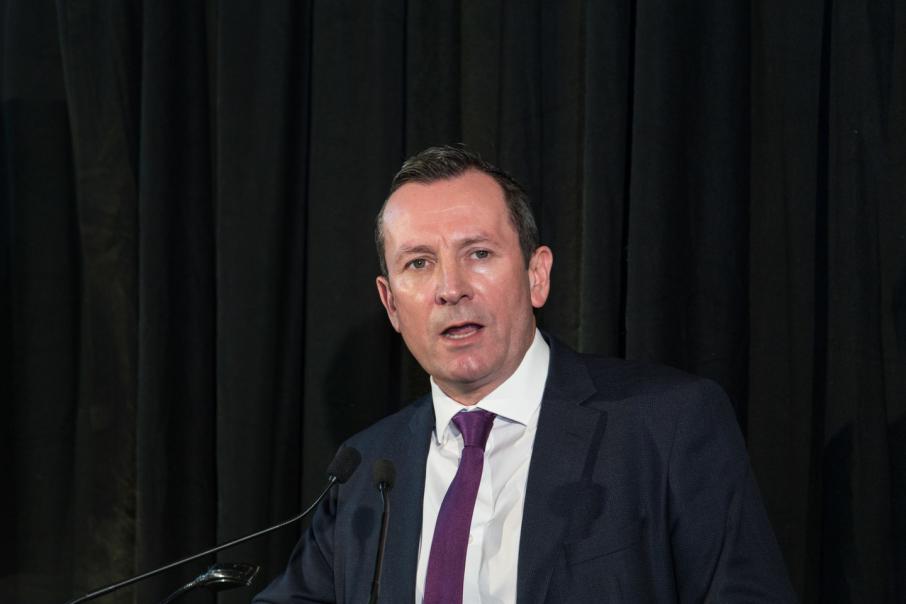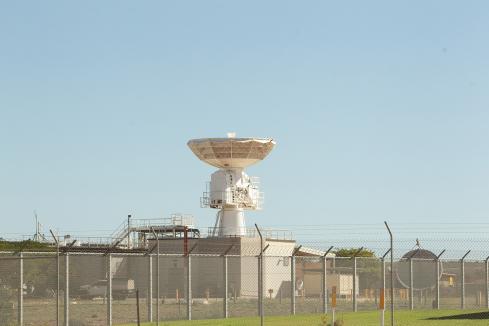

Broome’s Chinatown Revitalisation to create a world-class tourism precinct in the Kimberley has been given the green light.
The $15.55 million Stage Two program, which includes the Shire of Broome contribution of at least $3.6 million, will help strengthen, preserve, and rejuvenate Chinatown as Broome's cultural heritage, tourism, retail and entertainment hub.
The McGowan Government are investing $11.95 million towards the next stage of the revitalisation to construct a signature tourism precinct with entertainment, hospitality, and retail options to create jobs, better attract visitors and stimulate the local economy.
Works expected to start by November 2020, creating more than 70 jobs for locals.
WA Premier Mark McGowan said Western Australians are flocking to Broome like never before and they are experiencing the best the Kimberley has to offer.
"Chinatown is the heart of Broome, and my Government is focussed on turning this renowned precinct into a world-class tourist destination and creating local jobs for Broome retailers, cafés and bars.
"This is an important step forward for the project and will help to ensure local jobs are created right throughout construction,” Mr McGowan said.
The latest investment by the McGowan Government follows the $14.25 million Chinatown Stage 1 revitalisation, completed in May 2019.
Chinatown Stage Two works will include extending the award-winning design themes of Stage 1 into Carnarvon Street, Short Street, Napier Terrace and Dampier Terrace.
Georgiou Group has been appointed as preferred contractor, targeting 70 per cent local content supported by the State's Local Content policy and advisor network.
Regional Development Minister Alannah MacTiernan said the high-quality Chinatown Stage One works have set a new benchmark for town revitalisation projects and they cannot wait to continue in Stage Two.
"The success of the project is testament to the partnership between the State, Yawuru Traditional Owners and Chinatown's significant cultural groups capturing the fusion of Aboriginal history, European settlement and Asian migration over the past 140 years in a way that no other Australian town does.
"We had strong local content outcomes on the Stage 1 works, creating local jobs and providing added benefit to the local construction industry: and we expect even better results in Stage Two with around 70 jobs supported through the construction phase,” Ms MacTiernan said.


















